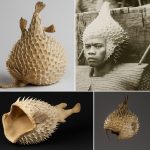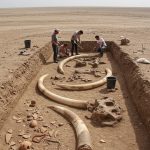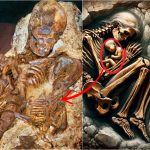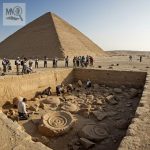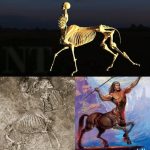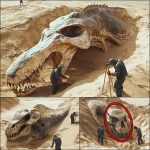The Forgotten King Drenched in Gold: A Lost Legacy Unearthed
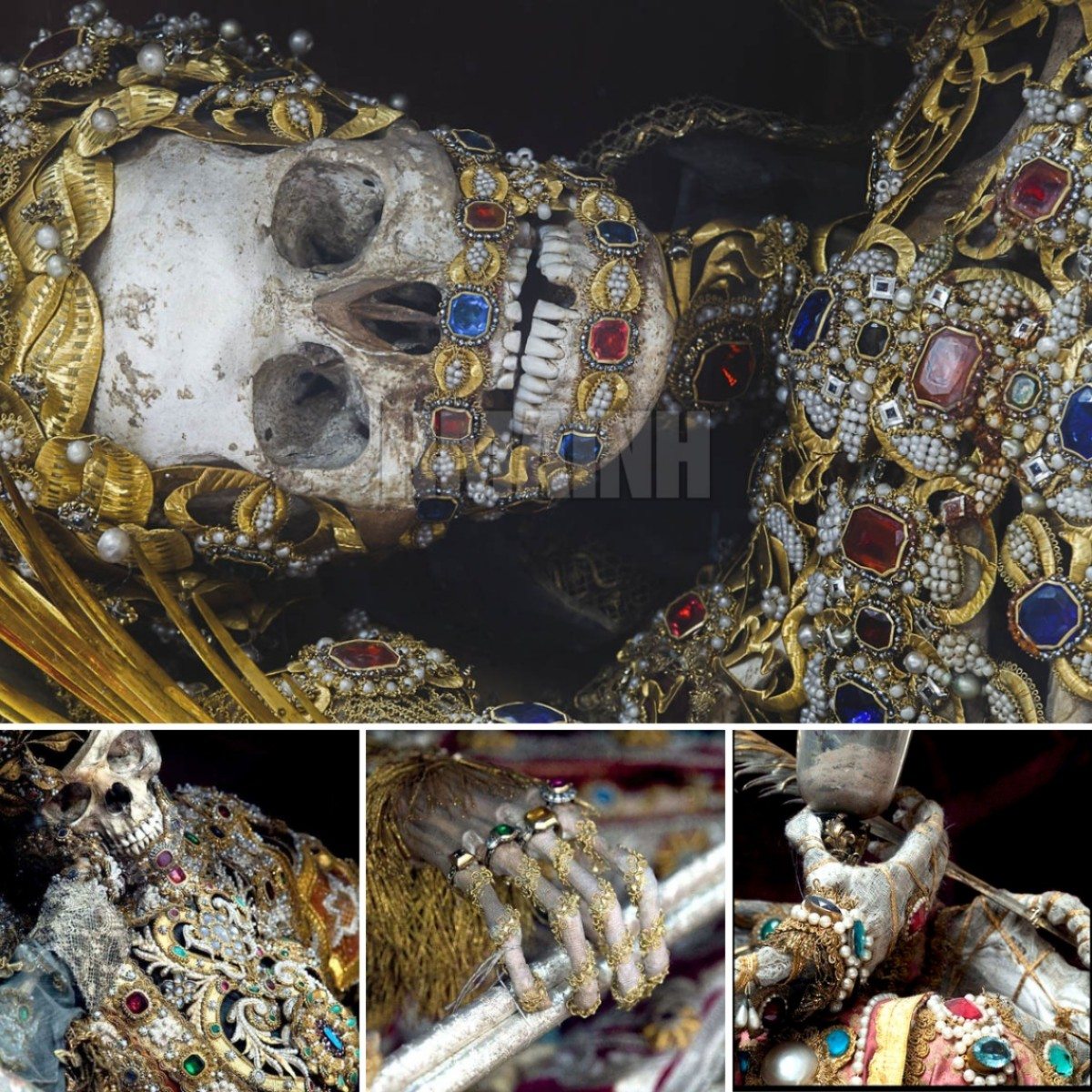
Archaeology thrives on discoveries that challenge our understanding of the past, and few finds are as dazzling as the recent unearthing of a tomb belonging to a forgotten king. Buried beneath centuries of soil and silence, this ruler was entombed in breathtaking splendor, his body adorned in gold jewelry, ceremonial regalia, and artifacts that shimmer with mystery. The find is not only a treasure trove of craftsmanship but also a profound question mark in history: who was this monarch, and why was his legacy hidden?

A Tomb of Unparalleled Splendor
The burial site stands apart for its sheer opulence. Gold necklaces, bracelets, rings, and ornamental regalia were discovered surrounding the body, each piece testifying to extraordinary wealth and craftsmanship. The artistry reflects not only the economic power of the time but also the symbolic importance of gold as a marker of divinity and kingship.
Archaeologists report that the body itself was richly adorned, suggesting that this king was buried with every sign of reverence. The gleam of gold across his remains reveals a culture that equated the metal with eternal life, divine favor, and enduring authority.
The Mystery of a Forgotten Ruler
Despite the grandeur of the tomb, the identity of the king remains shrouded in mystery. No inscriptions or definitive markers have yet revealed his name or lineage. This absence has fueled speculation:
-
Was he a legitimate ruler whose memory was lost through the erosion of time?
-
Could he have been a rival, deliberately erased from official records?
-
Or was he a sacred figure, honored in life but hidden in death to preserve his power in secrecy?
The silence surrounding his legacy is as captivating as the gold that covers his remains.

Symbolism of Gold in Ancient Civilizations
Across ancient cultures, gold was more than wealth—it was a bridge between the earthly and the divine. Its incorruptible nature made it a symbol of immortality, used to honor gods and kings alike. In this forgotten monarch’s burial, the abundance of gold suggests not only political authority but also a claim to sacred status.
The regalia and artifacts hint at elaborate rituals, possibly designed to ensure his passage into the afterlife. Each shimmering detail provides insight into the belief systems, artistry, and hierarchy of the civilization that revered him.
Rewriting Ancient History
The discovery forces historians to reconsider narratives of power and memory in ancient civilizations. It shows that even rulers of immense wealth and reverence could be erased from collective memory, their legacies silenced until uncovered centuries later. Finds like this remind us that history is incomplete, its missing chapters buried beneath earth and time.
Conclusion
The tomb of the forgotten king drenched in gold is more than an archaeological marvel—it is a story of mystery, erasure, and rediscovery. Every artifact glimmers with unanswered questions, from the identity of the ruler to the reasons his legacy was buried in silence. As researchers continue to analyze the burial, the world waits for answers that could rewrite the grandeur of ancient civilizations.

